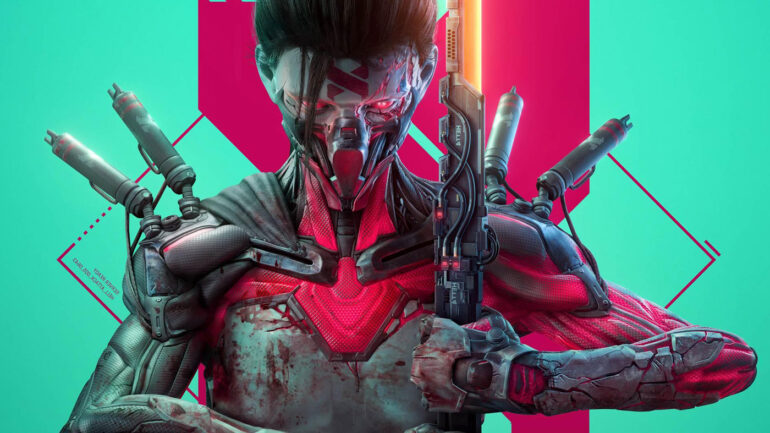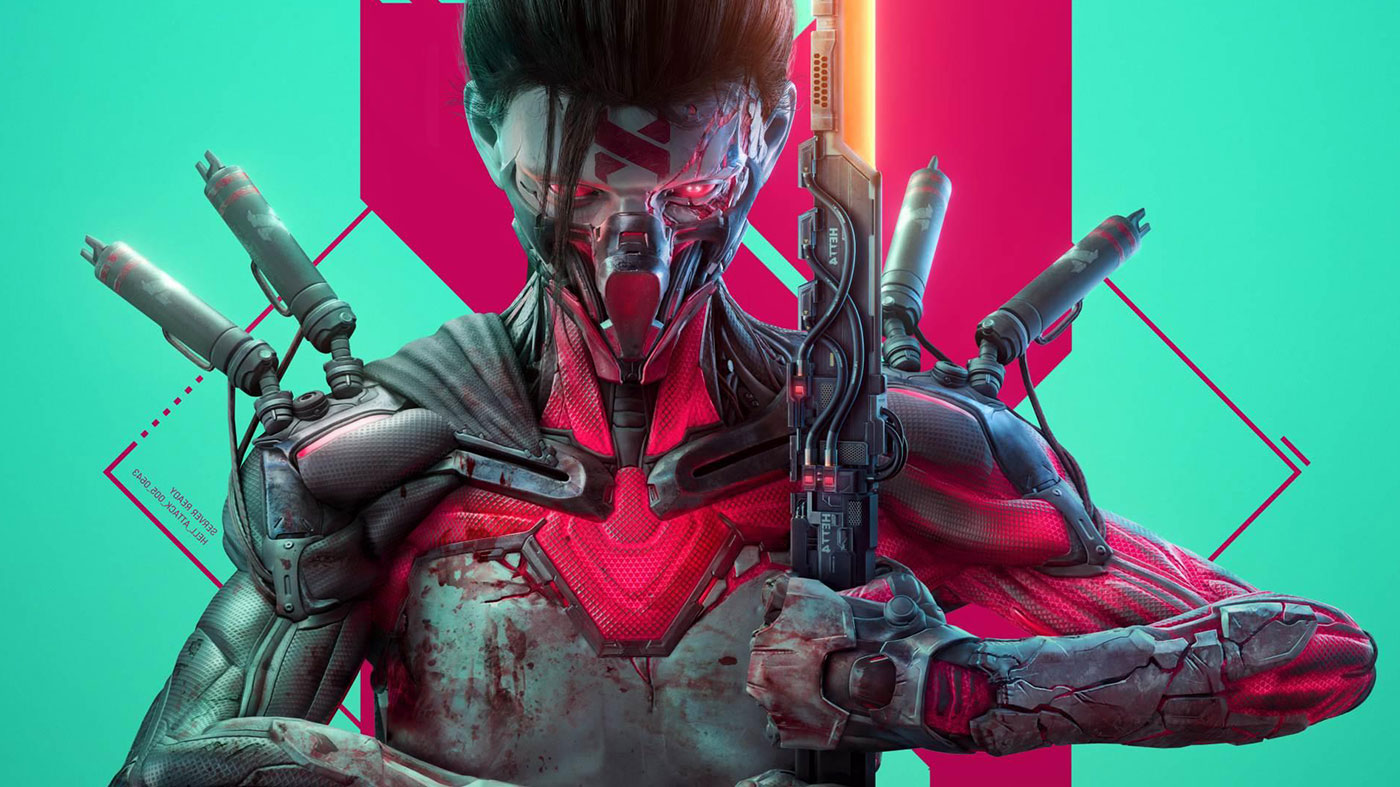In a year that promised the second coming of cyberpunk Jesus, the only game that came close to that lofty ambition was Ghostrunner. It was a sleek and stylish action game where parkour, lightning reflexes, and mastery of the blade were key to surviving its dystopian world. It was like Mirror’s Edge met Katana Zero in a harmonious, ultraviolent cocktail, and part of its allure was that it was hard as nails and hosed with style.
Project Hel mostly serves as a prequel to the base game, though by the end it does run concurrently to Jack’s story. If the title wasn’t a giveaway, the expansion casts you as Hel, the original game’s second boss and an absolute nightmare of clinical machine menace. Unlike Jack, whose sentience shone through almost instantly, Hel’s harsh, logical nature serves as a scary foil to Jack’s optimism. Although I feel Project Hel tackles a lot of fascinating existential ideas within its dialogue, the story itself feels a tad inconsequential in the grander scheme of things – as is often the case for a lot of prequels.
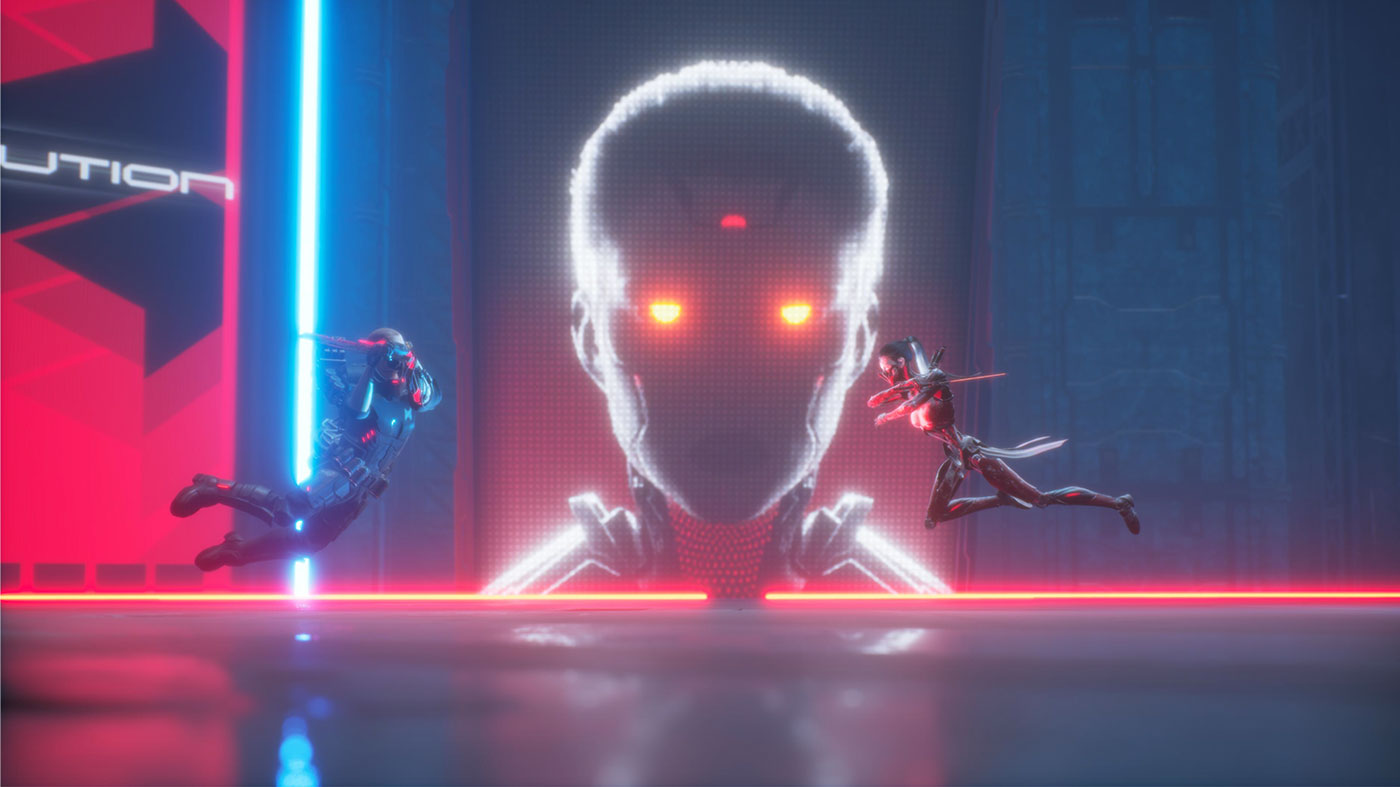
The biggest selling point for Project Hel, as it was in Ghostrunner itself, is the seamless mix of laser speed traversal and combat which has seen some evolution from the base game. Parkour is clearly still one of the game’s big focuses and Hel’s capacity to move swiftly through the tightly-designed maps is immense, even greater than Jack’s was. Not only can Hel cover greater ground with her leap, being able to home precisely on a landing point makes a lot of the platforming, which felt more brutal and plentiful in the original campaign, a lot more manageable here.
With the eponymous cyborg serving as a literal killing machine of Terminator-like persistence, Project Hel rightly places a greater emphasis on the game’s combat. There’s still a slick blade in hand that can be used offensively and defensively, but the overhauling of the battle systems for Hel is perhaps her greatest departure from Jack. With a Rage metre that ticks over with each kill and parry, it can either be used to power an energy burst or kept in reserve as an over shield, capable of absorbing what would regularly be a kill shot. One of the things I liked most about Ghostrunner was the rinse and repeat nature of the one-hit kill combat. Jack felt fragile, the encounters felt insurmountable, and the inevitable relief was palpable. To say an over shield completely discards that sense of reward would be hyperbole, it just feels different.
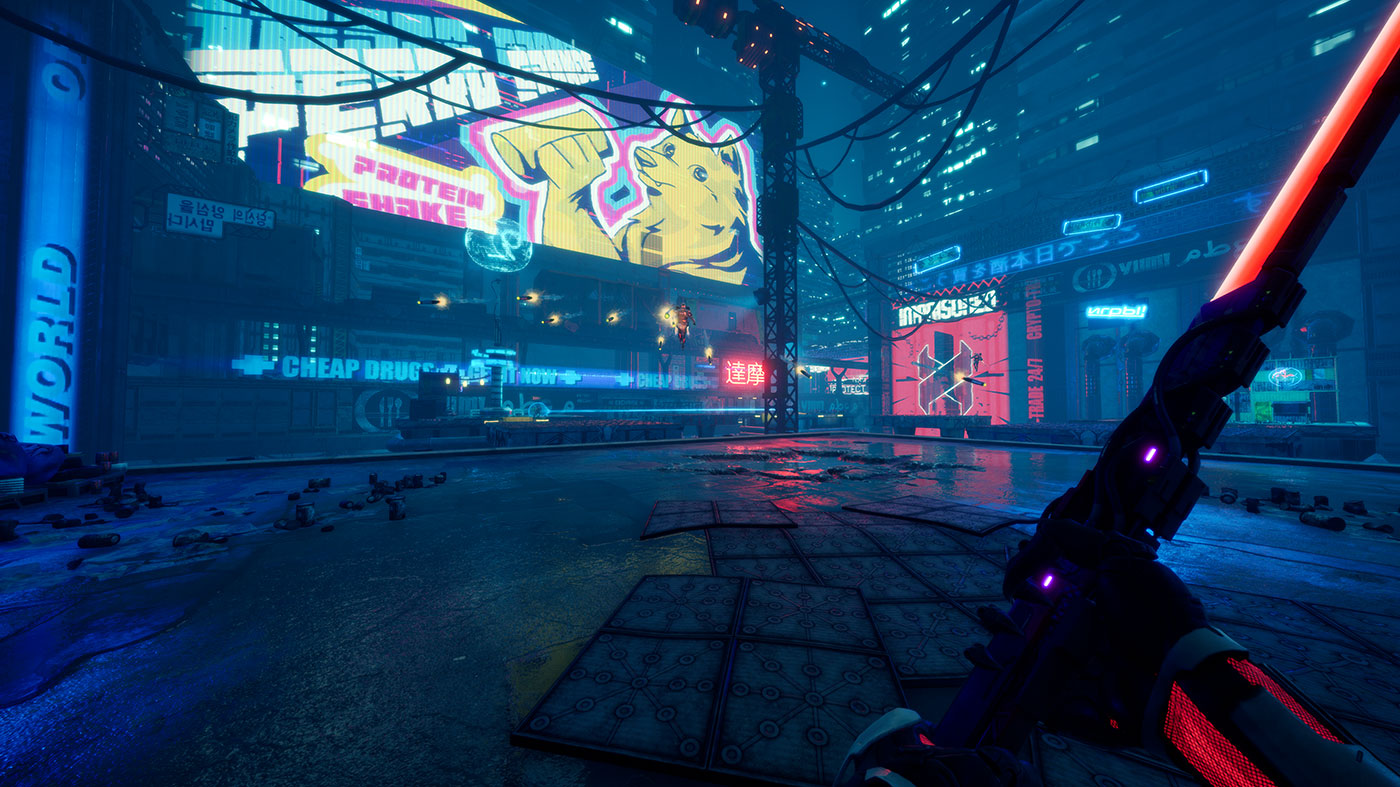
It certainly allowed One More Level to create larger and more elaborate arenas to fight in. I certainly felt as though Project Hel had much bigger encounters where the odds are stacked firmly against Hel, with up to twenty enemies to dispatch at times. The enemy variety is still pretty serviceable for an expansion only seven levels long, with a couple of new variants, like the cleverly named Hammer guards, among returning headaches like the long-leaping Sluggers. The moments in between these frenetic fights are the same deftly designed routes that made the original’s ceaseless movement such a joy, so even if the combat feels like a deviation I’m glad they stuck to the playbook for getting around Dharma City.
The other area One More Level resisted reinventing the wheel is in the skill upgrades, which remains the same tactical exercise players went through with Jack. Each of the tetrominoes, for want of a better term, on the grid has a skill assigned to it, and it’s up to you how you build your character. It’s still a great risk-reward system and it’s fun tinkering with builds depending on what the encounter demands.
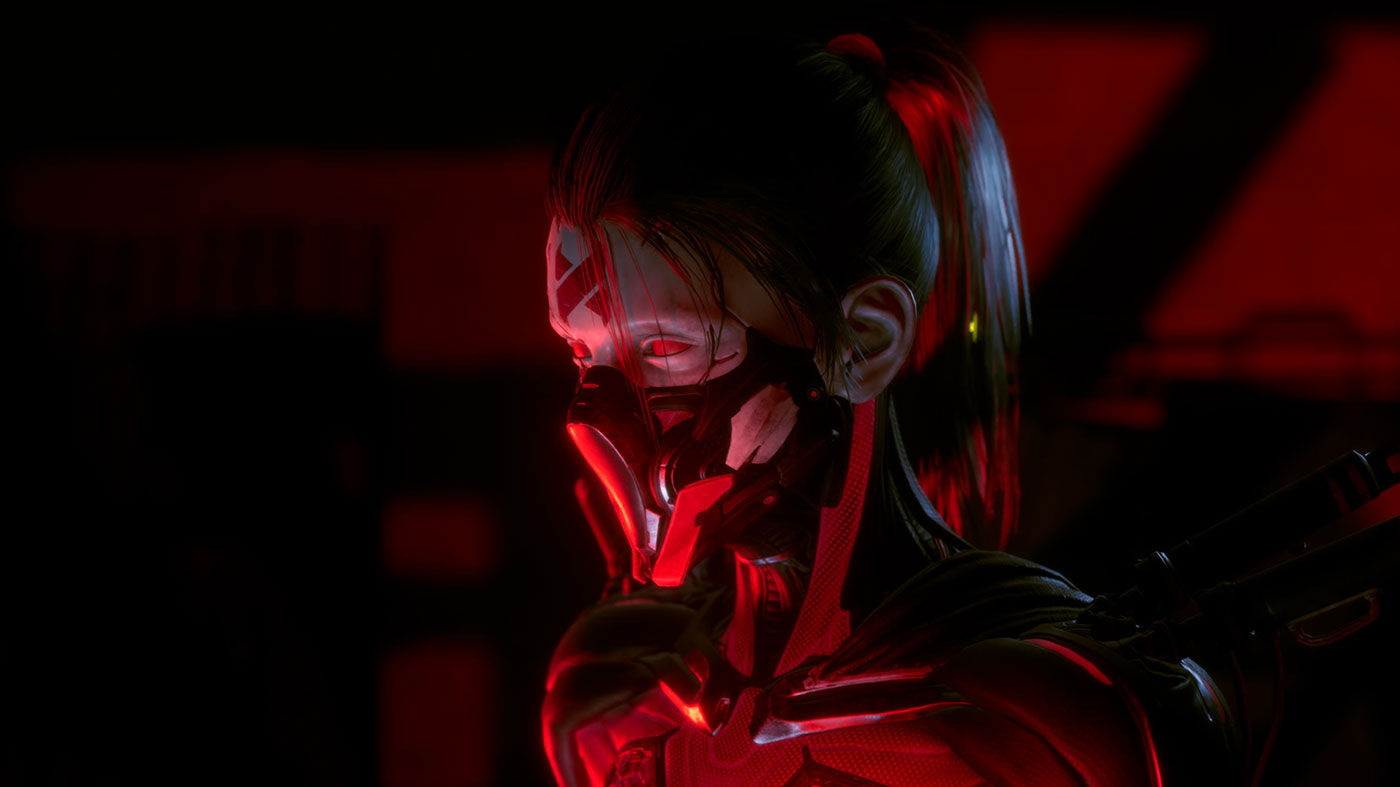
Ghostrunner, for all of its gaudy neon signage and contrasting grimdark alleys, was a gorgeous game and Project Hel does little to dispel that. It’s the same stunning cityscape, suspended in the indeterminable and incomprehensible space of the cybervoid. The game’s fictional ads still adorn this middling rung of the Tower’s societal ladder and while it was nice to be back and see old stomping grounds among the many new levels, I hope we venture elsewhere the next time we see Ghostrunner.


